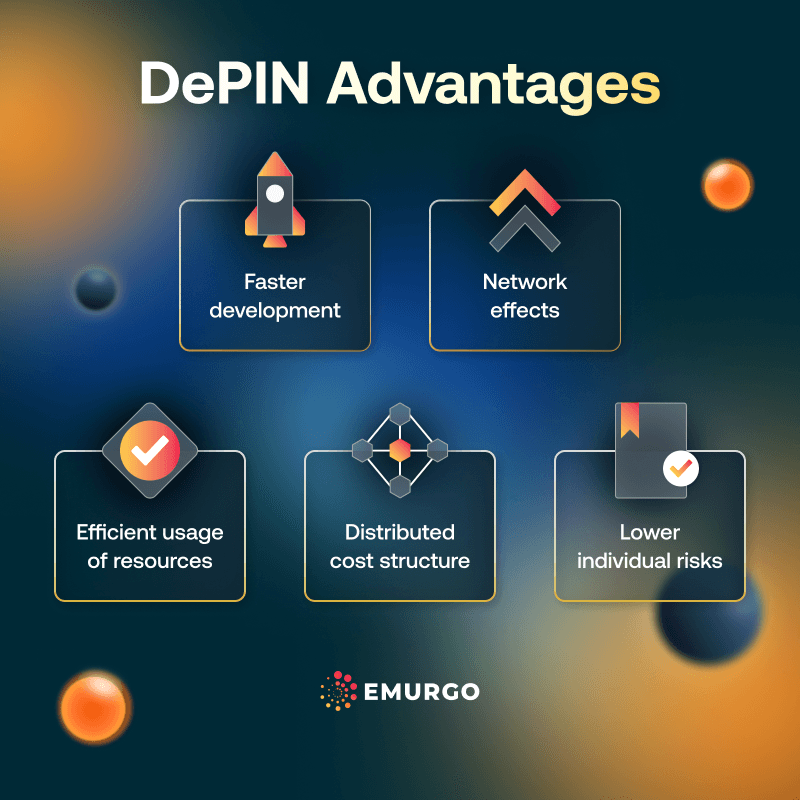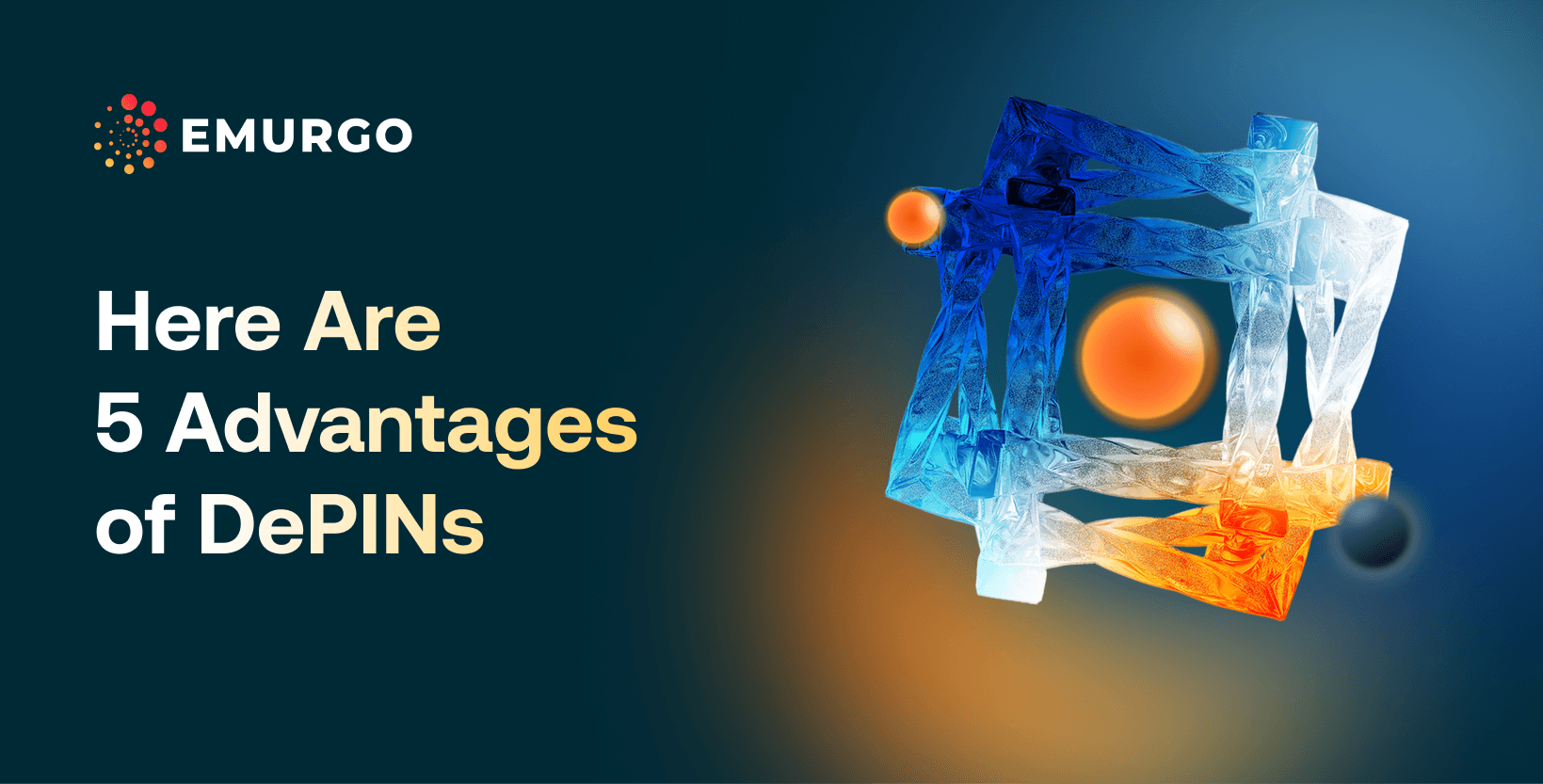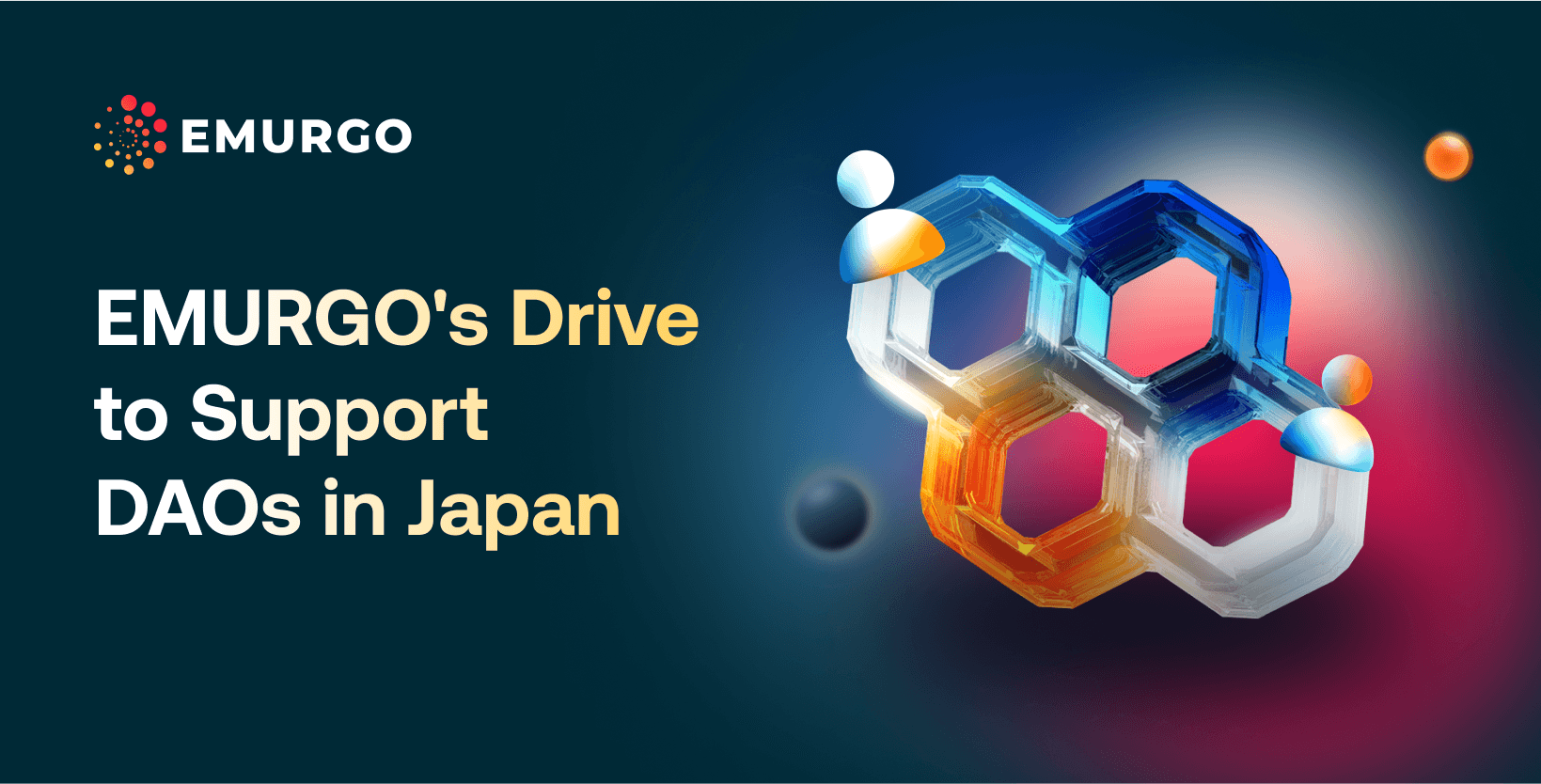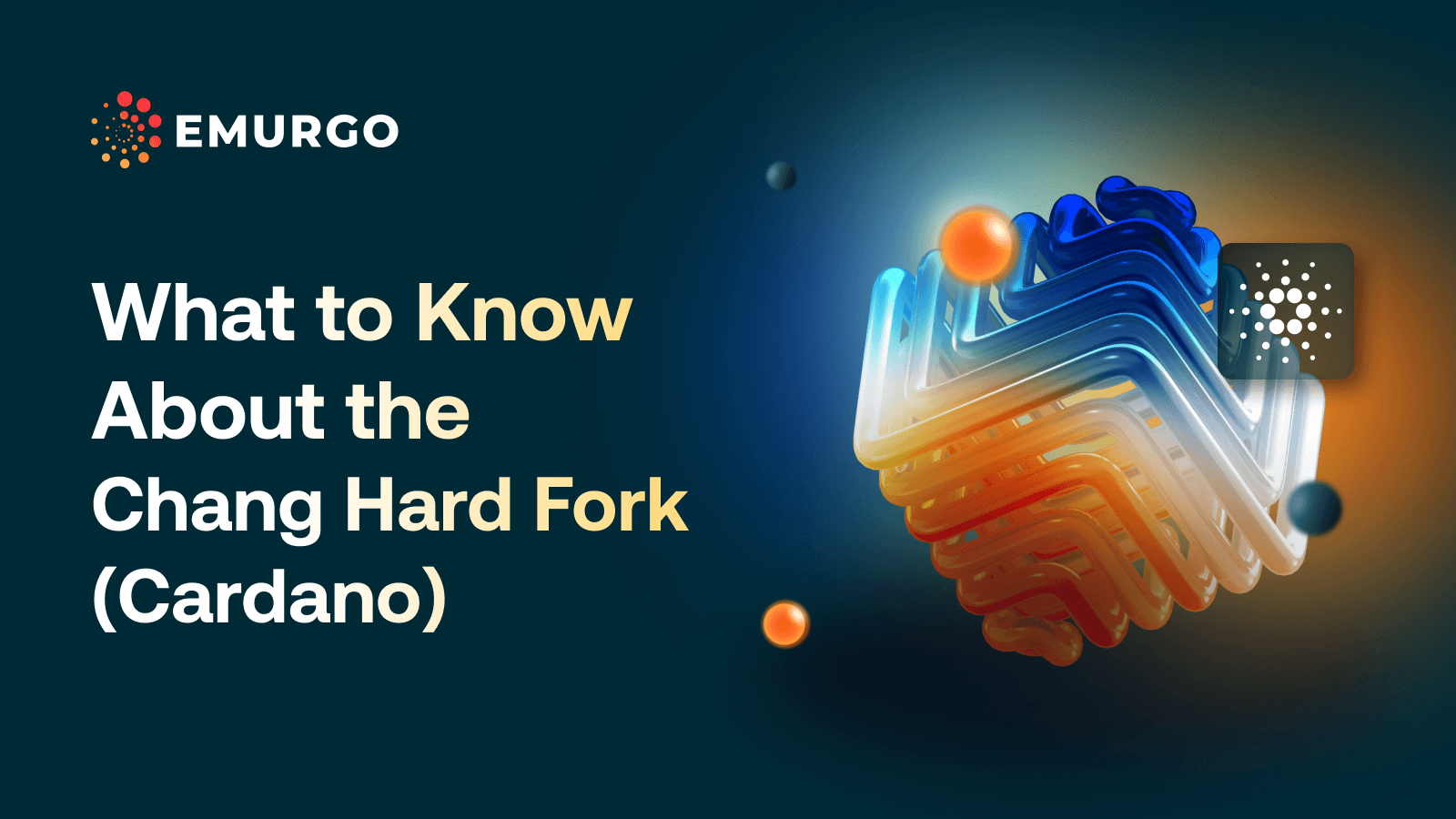In a previous blog, the basics of DePIN technology and decentralized storage were discussed.
DePINs or decentralized physical infrastructure networks, aim to combine blockchain technology, economic incentives, digital token rewards, and network sharing to create a decentralized network infrastructure.
It’s a powerful concept that can transform how most network infrastructure is deployed into the world today.
In this blog, let’s expand on the advantages of DePINs over the traditional network infrastructure that is mainly used today.
Here are five major advantages of DePINs:

-
Faster development and deployment
DePINs have a gradual curve of deployment.
At the start, these networks are slower to build up capacity as fewer participants contribute resources to create the network.
However, once it hits a critical mass of user sharing, network deployment speeds up.
Reaching this critical mass of users depends on a variety of factors including user awareness, economic incentives, use cases, and more, to demonstrate its viability and need in the marketplace.
In contrast, traditional infrastructure usually depends on the budget size of a centralized entity aiming to build the initial infrastructure. At the start, it may appear to go faster, but once the network project reaches budgetary constraints, it can slow down or halt altogether.
At this point, the developer entity needs to request more funds to expand the budget or wait to allocate more resources to finish constructing the network.
This makes the deployment uneven, and in some cases, it can be abandoned completely.
-
Network effects
DePINs can have powerful network effects.
As more people become aware of this new infrastructure being built, it is simple for them to start delegating resources to its creation, akin to a digital P2P network once there is a proven use case.
Being a digital network, this process can compound quickly as more computing resources are dedicated to the effort over the Internet.
Related reading:
- DePIN 101: What is it?
- What is Web3 and blockchain technology? Why is it important?
- What is blockchain decentralization?
In many cases, those contributing to the resources also utilize the service.
Decentralized storage, for example, relies on users dedicating a portion of their hardware to a DePIN service.
First, they need to be onboarded to the network, and that allows them to use this storage while they provide resources simultaneously.
-
Efficient usage of resources
DePIN projects are also able to potentially react faster to changes in network demand, or new areas of growth.
In the traditional model, a centralized entity has to identify demand from new users and move resources to meet said demand which can take a greater amount of time.
In the logic of DePIN, users contributing resources seek to gain more rewards from the system. If demand is coming from an underserved area, the network allocates resources to that place until the rewards are balanced with the rest of the network.
This means that DePINs can potentially quickly react to changes in the user base in a faster way.
Also, it maximizes the use of resources, as the network always aims to serve as many users as possible efficiently.
-
Distributed cost structure
In the traditional method of building network infrastructure, a single entity – or a consortium – absorbs all the cost for the development work.
This results in a single point of failure: if the costs are poorly estimated or unforeseen events occur, this can increase expenses.
In a DePIN, there are groups of individuals or organizations delegating resources to the network.
They adapt to the deployment costs and provide more or less resources according to their capacity. The cost to deploy infrastructure is distributed on a network of participants instead of a single entity.
-
Lower individual risks
As a flip side to the previous point, a single participant has potentially less risk exposure in a DePIN. Each is responsible for only a portion of the network and redundancies are built in the system by other participants.
This results in potential network risks being spread among many participants and not a single entity.
This makes the network more resilient and also adaptable to market changes.



